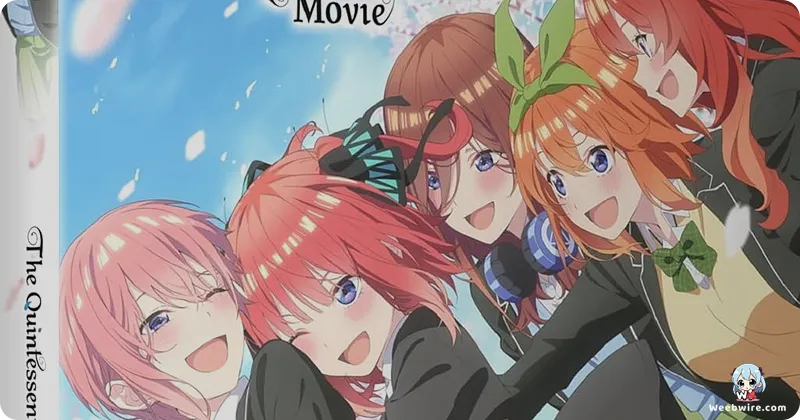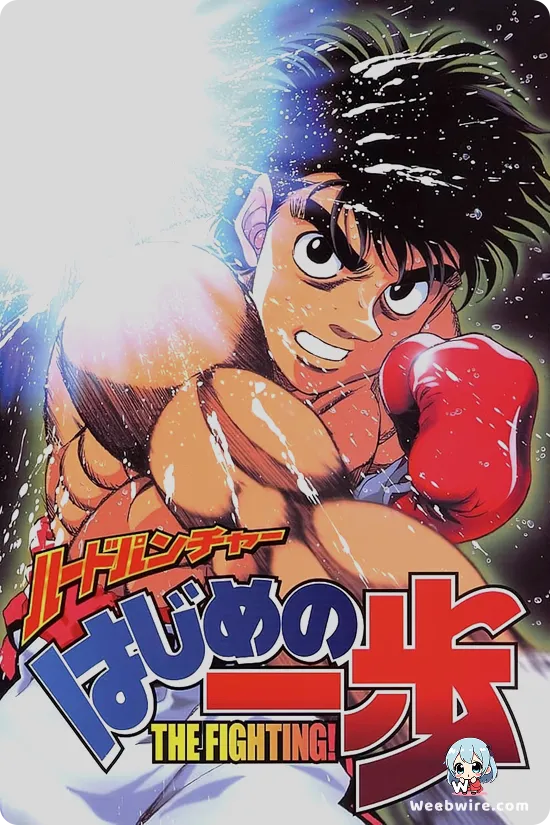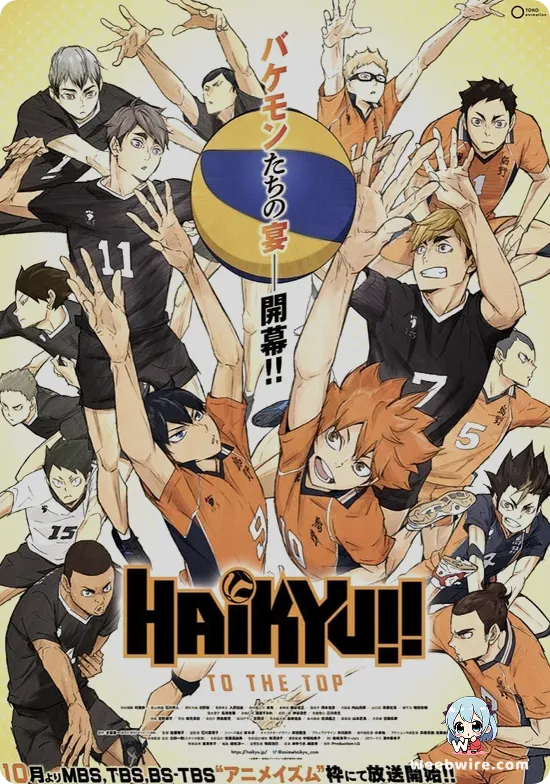Beyond the Wedding Veil: Unpacking the Hidden Clues and Adaptation Challenges of The Quintessential Quintuplets Movie

The highly anticipated cinematic conclusion to the romantic comedy saga, The Quintessential Quintuplets Movie, served as the definitive finale rather than a simple epilogue. Tasked with adapting the critical final volumes of Negi Haruba’s original manga, the film delivered the long-awaited reveal of protagonist Fuutaro Uesugi’s bride. While the emotional resolution resonated strongly with the global fanbase, the production and narrative structure involved complex details often overlooked by casual viewers, underscoring the challenge of translating this unique story to the silver screen.
The Evolution of the Narrative
One significant insight into the series’ development involves the initial creative vision of mangaka Negi Haruba. Haruba originally conceived The Quintessential Quintuplets as a concise, short-form romantic comedy. However, the immediate and substantial popularity of the serialization, fueled by the compelling mystery surrounding the identical heroines and the identity of the future wife, necessitated a substantial expansion of the storyline.
Consequently, the movie ultimately functions as the culmination of a narrative that evolved dynamically in response to overwhelming fan demand. Bibury Animation Studios successfully managed this challenging structural premise when distilling the extensive final volumes into a feature-length experience.

Subtle Visual and Numerical Clues
The core premise of the series relies heavily on distinguishing between the five identical sisters: Ichika, Nino, Miku, Yotsuba, and Itsuki. Beyond their distinct hairstyles and accessories, the creative team employed meticulous visual strategies. A confirmed piece of production trivia highlights the use of a subtle color-coding system. Although their hair appears similar, each sister is linked to a distinct hue that dominates her key art and accessories, functioning as an immediate visual shorthand:
- Ichika: Yellow/Gold
- Nino: Purple/Violet
- Miku: Blue/Teal
- Yotsuba: Green/Orange
- Itsuki: Red/Pink
Furthermore, the foundation of the narrative is reinforced by simple numerology embedded within their names. Each quintuplet’s name incorporates the corresponding Japanese numeral for her birth order: Ichi (1) for Ichika, Ni (2) for Nino, San (3) for Miku, Yon (4) for Yotsuba, and Go (5) for Itsuki. Most symbolically, the eventual bride, Yotsuba, carries the name meaning 'four leaves,' a universal symbol of luck. This detail served as a deeply embedded, albeit subtle, clue regarding her eventual romantic victory.
Adaptation Challenges and Resolution
From an adaptation standpoint, the film faced a monumental challenge: compressing the narrative weight of the manga’s concluding arcs, including the 'Sisters’ War,' 'Final Exam,' and the pivotal 'School Festival,' into a runtime of approximately two hours. This required surgical precision from Bibury Animation Studios in prioritizing pivotal romantic and emotional beats.
The studio ensured that even the sisters who were not chosen received satisfying and conclusive screen time, particularly during the critical moments of the School Festival arc. By successfully paying off the series’ long-running framing device the extended flashback from Fuutaro's wedding day the movie cemented its status as a notable success within the harem genre, providing a definitive, non-ambiguous resolution that satisfied the dedicated global fanbase.
Credits
The Quintessential Quintuplets Movie
Author
Negi Haruba
Cover Art
Negi Haruba
Studio
Bibury Animation Studios
Publisher
Kodansha
Producers





